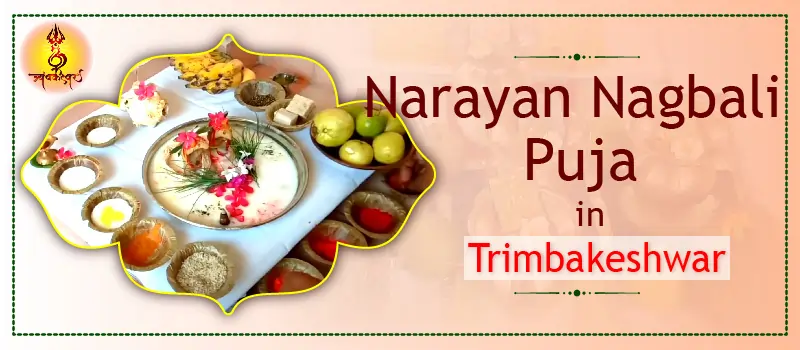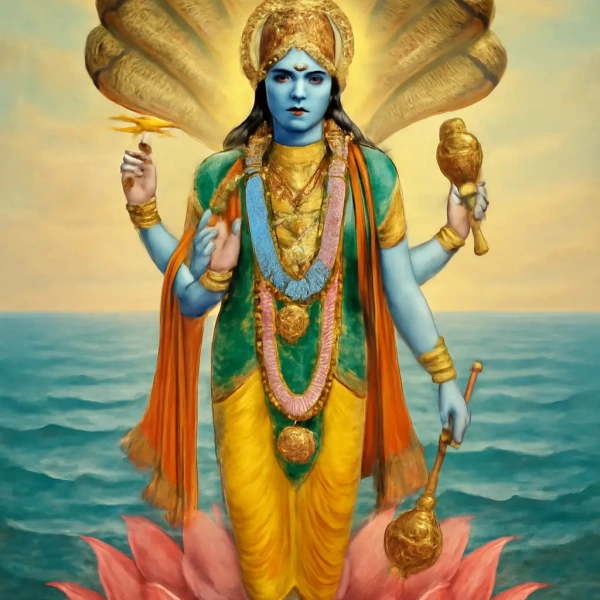
Introduction
In Hindu dharma, our ancestors (Pitru) hold a sacred position. They play a crucial role in maintaining family harmony, dharma, and prosperity. To honor them and bring peace to their souls, we perform three powerful Vedic rituals: Narayan Bali, Naag Bali, and Pitru Shanti Mahapuja.
These ancient rituals help remove karmic blocks, liberate restless souls, and restore spiritual balance in the family. They are especially useful in dealing with Pitru Dosha, Naag Dosha, or the effects of unnatural or premature deaths.
Let’s explore their mythological background, step-by-step rituals, benefits, and how you can even do them online today.
When to Do These Pujas?
Although you can do these rituals on any sacred day, they are most effective during:
- Amavasya (New Moon) – especially for ancestral worship
- Pitru Paksha – 16 special days for honoring ancestors
- Gaya Shraddha or Mahalaya Amavasya
- Death Anniversary (Tithi) of a loved one
- During astrological issues like Rahu-Ketu or Shani Dosha
Mythological Importance
Narayan Bali: For Souls of Unnatural Deaths
According to the Garuda Purana, when someone dies suddenly—by accident, suicide, murder, or drowning—their soul can become a preta atma (restless spirit). Without proper funeral rites, these souls cause disturbance in the family.
✨ Narayan Bali frees these souls by inviting them into an effigy made of wheat flour. Using sacred mantras, the soul receives the blessings of Lord Narayan (Vishnu) and achieves peace.
Naag Bali: For Naag Dosha and Snake-Related Karmas
If someone in your family’s past harmed or disrespected snakes—especially cobras—it leads to Naag Dosha. This dosha causes marriage delays, health issues, and fertility problems.
Naag Bali involves worshipping snake deities, asking for forgiveness from Naag Devta, and resolving serpent-related karmas.
Pitru Shanti is the highest form of gratitude to the souls of ancestors. If ancestors died with unfulfilled wishes or if their last rites were done incorrectly, they may create Pitru Dosha—astrologically and spiritually considered the cause of all troubles.
This puja assists in giving spiritual peace, freedom, and moksha to those ancestors so that their blessings come down generations.
Who Should Perform This Mahapuja
- You are required to conduct Narayan Bali, Naag Bali & Pitru Shanti Mahapuja if:
- A family member passed away abnormally (accident, suicide, etc.)
- You are facing recurring family disasters or inexplicable difficulties
- There are recurring miscarriages, late marriage, childbirth, or financial stagnation
- You are afflicted by Pitru Dosha, Naag Dosha, or Rahu-Ketu in the horoscope
- An astrologer or priest has recommended these rituals according to janma kundali
Full Ritual Procedure (3 Days)
This Mahapuja is typically performed in Trimbakeshwar (Nashik), Haridwar, Gaya, or Rameswaram and lasts 2–3 days with the guidance of 2–5 trained Vedic priests.
Day 1: Narayan Bali Puja
- Sankalpam (Vow-Taking): Name, Gotra, and reason for the puja
- Effigy Ritual: A wheat flour body symbolizes the deceased
- Invocation: Powerful Garuda Purana mantras invoke the dead soul into the effigy
- Pinda Daan: Items offered to the soul with rice balls and black sesame
- Homa (Havan): Fire rituals to purify and unite the soul with Narayan
- Daan & Annadan: Donation of food to Brahmins, cows, and poor
Day 2: Naag Bali Puja
- Naag Devta Idol Worship: A dough idol is shaped like a snake and worshipped
- Prayers for Forgiveness: Vedic prayers for Naag Hatya (killing of serpents) sin
- Tarpan & Homam: Water offerings and holy fire offerings to Naag Devta
- Kanya & Gau Daan: Contributions to girls and cows for the relief of karma
Day 3: Pitru Shanti Puja
Invocation: Honor three generations of ancestors
Pinda Daan: Make food offerings for peace
Shraddha Karma: Perform exact mantras and rituals
Pitru Homa: Conduct fire rituals to remove doshas
Ashirwad: End with prayers for family harmony and blessings
Can It Be Done Online?
In today’s digital world, you can attend these pujas virtually. All you need to provide is your Sankalp (intention) and Gotra. Priests perform the rituals at sacred places and share live video, photos, and prasad with you.
Reputable Platforms That Conduct Online Puja
| Platform | Special Feature |
| SriMandir | Live HD-streamed puja from Trimbakeshwar, with ancestral dosha report and prasad delivery |
| AstroTalk | Personalized puja with kundli-based analysis, live video, and post-puja dosha remedy |
| SmartPuja | Vedic-certified priests in multiple languages; custom packages for families |
| PujaNPujari | Affordable group rituals at Gaya/Haridwar; real-time updates and recordings |
Mahapuja Benefits of Doing This
Narayan Bali, Naag Bali, and Pitru Shanti together bring:
- Release of trapped souls and freedom from preta yoni
- Relief from doshas and unfulfilled ancestral karma
- Peaceful family life and healthy relationships
- Blessings for children, finances, and personal growth
- Better mental peace and fewer misfortunes
Do’s and Don’ts
✅ Do’s
Confirm your Gotra and consult a priest or astrologer
Eat simple, sattvic food and stay clean
Donate to the poor, cows, and girls after the rituals
Remain in a state of gratitude after puja
Don’ts
- Avoid non-vegetarian food, alcohol, or negative speech
- Don’t treat the puja casually—perform with devotion
- Never skip the ritual if a strong Pitru Dosha exists
FAQs – Questions you need answers to
Q1. Can women do or join this puja?
Typically, it is done by the senior most male, but these days women can join or be a representative of the family during online worship, under the instruction of priests.
Q2. How do I determine if I have Pitru Dosha or Naag Dosha?
An analysis of kundli (birth chart) by an experienced astrologer can show planetary positions showing these doshas.
Q3. Do all three rituals have to be done together?
Yes, if there are several karmic issues. Otherwise, your astrologer might recommend only Narayan Bali or Pitru Shanti.
Q4. How long is the full puja?
Usually 3 days—1 day for each of Narayan Bali, Naag Bali, and Pitru Shanti. Online ones might shorten rituals to 1–2 days.
Q5. Do I get prasad at home?
Yes. Most websites send vibhuti, prasadam, puja photos, and yantras to your doorstep.
Conclusion
Ultimately, the Narayan Bali, Naag Bali, and Pitru Shanti Mahapuja aren’t just rituals—they are powerful prayers for ancestral healing, spiritual upliftment, and peace across generations. These sacred ceremonies bring closure to the past and clarity to your future.
🌼 May your ancestors bless you with joy, freedom, and abundance.
“Om Namo Bhagavate Vasudevaya – May all lost souls find refuge in the Supreme.”
